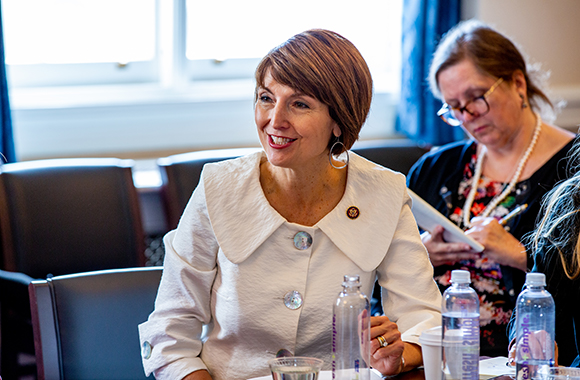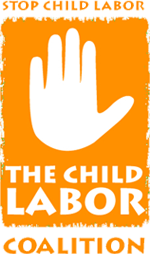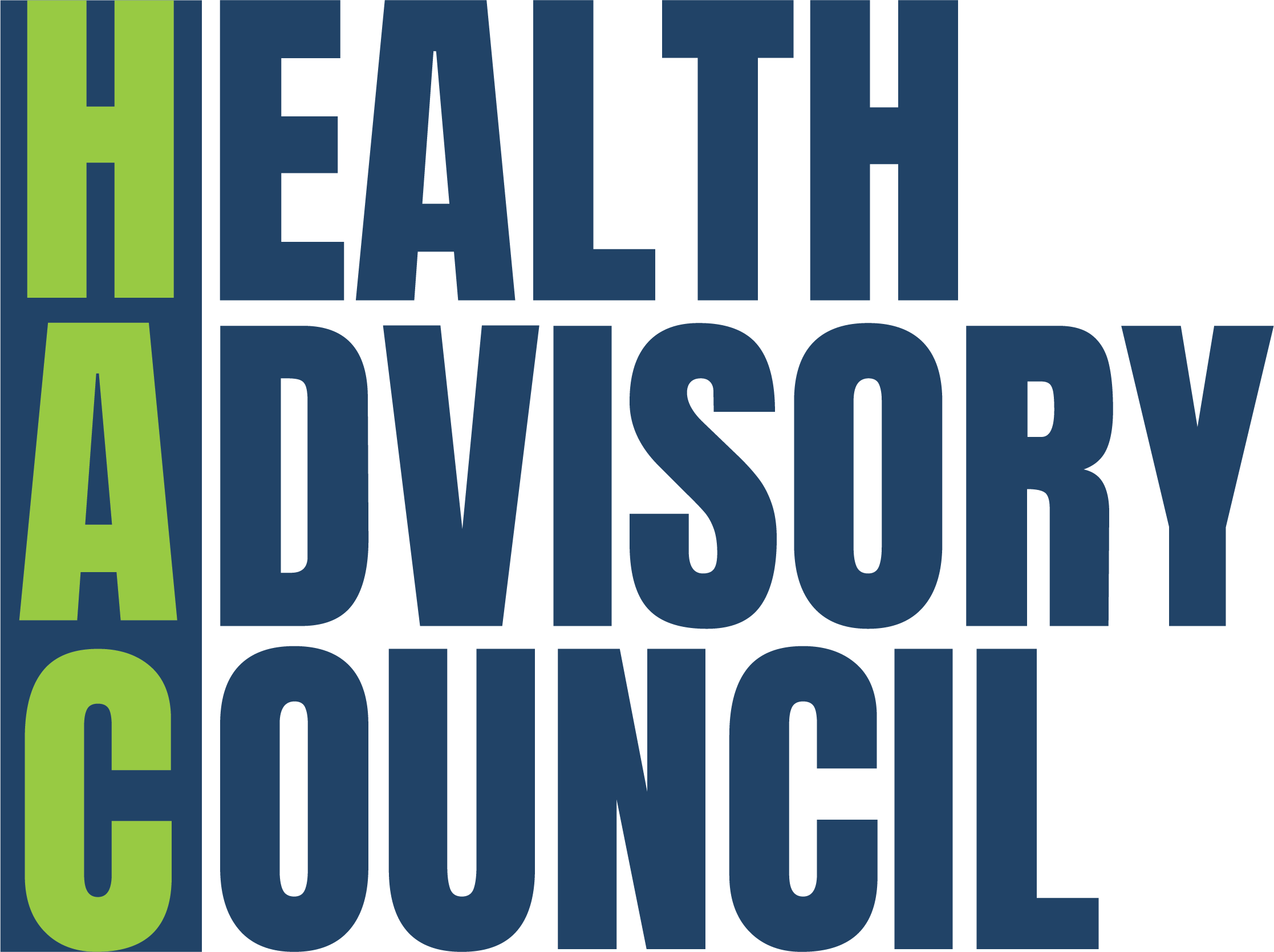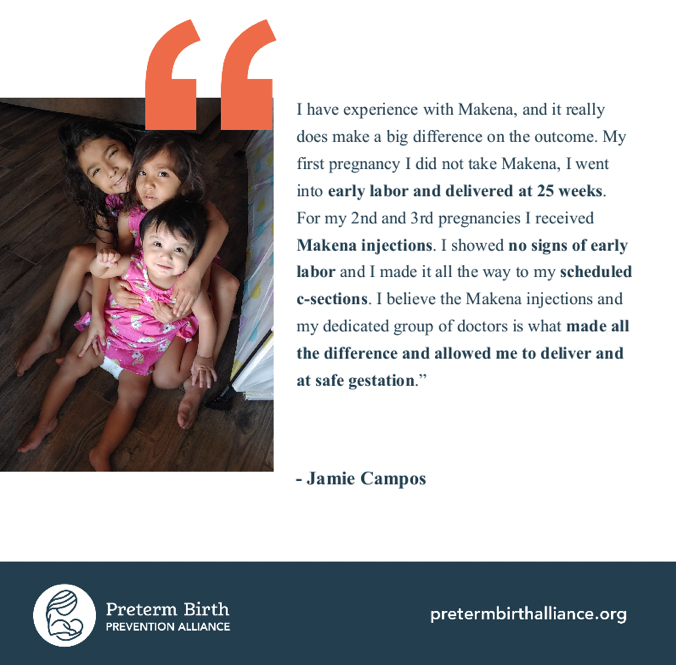The decline in COVID-19 testing nationwide could derail pandemic response wins

By Nissa Shaffi, NCL Associate Director of Health Policy
COVID-19 testing has been a critical component of the nation’s pandemic response, as health officials monitored the virus’s progression and set policies that supported back-to-school and return-to-work initiatives. Increased testing capacity has enabled our most essential industry sectors to resume activities that continue to carry us through the pandemic. However, as vaccines become more accessible and we surpass initial goals for population-wide immunizations, testing has declined by 35 percent daily since mid-January.
Testing provides a reliable snapshot into the virus’s trajectory that allows for proper allocation of vital resources (e.g., supplies, personal protective equipment (PPE), and medical equipment) and essential personnel. Data from testing rates are also critical for vaccine manufacturers, as they evaluate how the virus is mutating and further efficacy of the vaccine. The uptick in vaccinations, while incredibly promising, may have induced an inflated sense of security and diminished caution towards the virus. However, in the midst of rising variants, the decline in testing may very well be the Trojan horse that derails national efforts to combat the virus.
Testing has also declined in part due to a shift in focus to getting vaccinated. While vaccines are equally important, we need adequate COVID-19 testing for public health surveillance purposes. There needs to be sufficient capacity and public health messaging in place to encourage individuals who have potentially been exposed to SARS-CoV-2, or coronavirus, to get tested immediately.
Dr. Nasia Safdar, Medical Director for Infection Prevention at UW Health, states “we are seeing a decline in testing,” she said. “If we see the numbers continue to decline sharply, at some point then it may not be worthwhile to do widespread testing, but we’re certainly not there yet.” Without these measures, our healthcare system will be rendered unequipped to deal with dormant and emerging threats, like potential outbreaks and continuous mutations of the virus.
There are a couple of strategies that could help us get a hold on precipitous testing rates. It is estimated that a national program for universal mass testing for unvaccinated people would cost a few billion dollars a week—an amount that still presents a cost-benefit when considering potential shutdowns. The American Rescue Plan has appropriated $50 billion for expanded testing, which could help the situation significantly.
Another aspect of the problem is a lack of testing sites. With so many resources currently devoted to expanding vaccination sites at pharmacies and hospitals, people need places to get tested. Greater corporate involvement in the response could be a potential avenue for increasing capacity.
Finally, the Food and Drug Administration (FDA) is working to advance development and approval for over-the-counter (OTC) and point-of-care (POC) tests. Obtaining a greater number of FDA-approved OTC and POC COVID-19 tests could help address issues with logistics and access, and would give schools, workplaces, and communities more options for reliable and accurate screening.
The pandemic is far from over and experts predict that COVID-19 will likely be endemic, meaning it will be detected regularly, even if within small pockets of the population. We need all possible public health interventions at our disposal to ensure that we can effectively limit the spread of the virus and preserve ongoing plans to reopen the economy so that we can start the process to sustainably reintegrate back into society.
Dr. Safdar further emphasized, “the vaccines are great as they are, they’re not 100 percent. There will be a certain number of people that will…contract the illness despite having been vaccinated. It might be a milder condition which is very welcome news, but nonetheless, to make a diagnosis and figure out what treatment is required, you have to get a test.” Testing continues to be a simple, yet powerfully effective measure to prevent the massive spread of COVID-19 and we must persist in our efforts towards early detection.





 By Nailah John, Program Associate
By Nailah John, Program Associate
 By NCL Director of Health Policy Jeanette Contreras
By NCL Director of Health Policy Jeanette Contreras
 By Nancy Glick, Director of Food and Nutrition Policy
By Nancy Glick, Director of Food and Nutrition Policy












